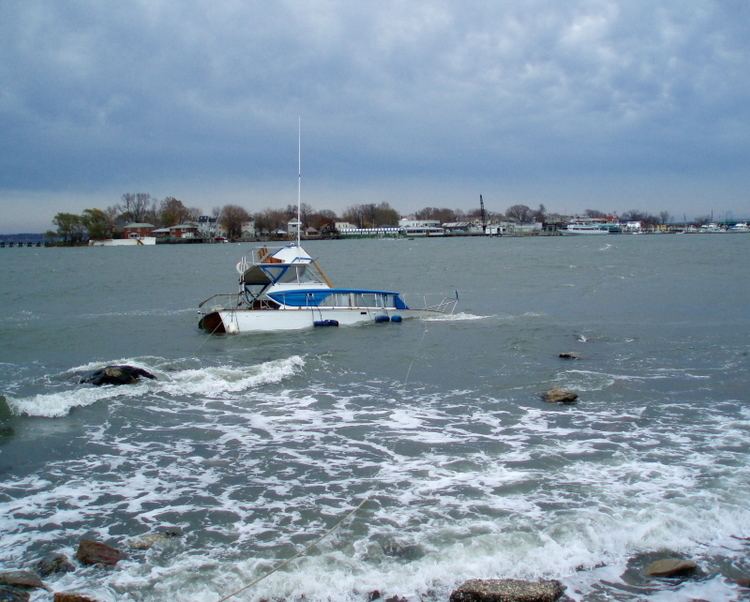 | ||
A hazard is a situation that poses a level of threat to life, health, property, or environment. Hazards can be dormant or potential, with only a theoretical risk of harm; however, once a hazard becomes "active", it can create an emergency. A hazardous situation that has come to pass is called an incident. Hazard and possibility interact together to create risk.
Contents
Identification of hazard risks is the first step in performing a risk assessment.
Modes of a hazard
Hazards are sometimes classified into three modes:
Types of hazard
Hazards are generally labeled as one of five types
By its nature, a hazard involves something that could potentially be harmful to a person's life, health, property, or the environment. One key concept in identifying a hazard is the presence of stored energy that, when released, can cause damage. Stored energy can occur in many forms: chemical, mechanical, thermal, radioactive, electrical, etc. Another class of hazard does not involve release of stored energy, rather it involves the presence of hazardous situations. Examples include confined or limited egress spaces, oxygen-depleted atmospheres, awkward positions, repetitive motions, low-hanging or protruding objects, etc.
There are several methods of classifying hazard, but most systems use some variation on the factors of "likelihood" of the hazard turning into an incident and the "seriousness" of the incident if it were to occur. (This discussion moved away from hazard to a discussion of risk.)
A common method is to score both likelihood and seriousness on a numerical scale (with the most likely and most serious scoring highest) and multiplying one by the other to produce a comparative score.
Risk = Hazard × Vulnerability / Capacity
This score identifies hazards that require mitigation. A low score on likelihood of occurrence may mean that the hazard is dormant, whereas a high score indicates it may be an "active" hazard.
An important component of "seriousness if incident occurred" is "serious to whom?" Different populations may be affected differently by accidents. For example, an explosion has widely differing effects on different populations, depending on the distance from the explosion. These possible effects range from death from overpressure or shrapnel, to inhalation of noxious gases (for people downwind), to exposure to a loud noise.
Prioritization of hazards
Hazards can be identified and prioritized using the SMUG model. The SMUG model provides a means for prioritizing hazards based on the risk they present during an emergency. The SMUG model stands for Seriousness, Manageability, Urgency, Growth.
